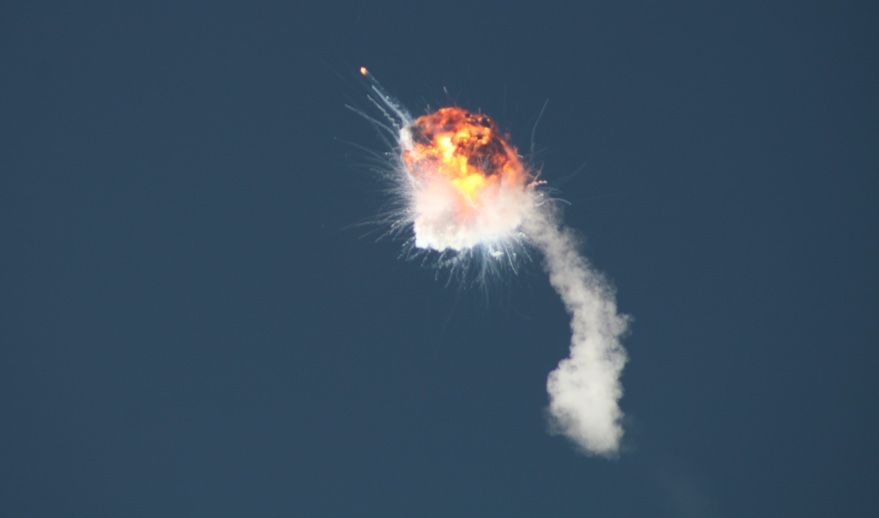Rocket science is hard. So far, no commercial rocket launch company has ever successfully gotten to orbit on the first try. The first flight of Firefly‘s Alpha rocket prototype did not break that streak last week when it exploded two and a half minutes after takeoff from Vandenberg Space Force Base.
The launch, which took place on September 3rd, was the first flight of the Alpha, which hit some milestones, although it did not “meet all of [their] missions objectives,” according to a company statement. The milestones it did meet include first stage ignition, liftoff, and hitting supersonic speeds. And, of course, the company got plenty of data to analyze.
Credit – Firefly Aerospace
Some of that data pointed to a first-stage engine shut down as the main cause of the failure. According to a statement from the company, one of the four Reaver engines shut down 15 seconds into the flight. The engine itself didn’t explode, just shut off, with the main propellant valves simply closing and terminating the rocket’s fuel. That resulted in a much slower climb rate than expected, with the rocket reaching Mach 1 over a minute later than planned.
It also resulted in a control problem once the vehicle did reach supersonic speeds at 2 minutes 20 seconds after takeoff. Ten seconds later, the rocket exploded over the Pacific Ocean after it appeared to tumble briefly. There were no injuries, though some eyewitnesses saw debris falling on Orcutt, California, located just to the north of the rocket’s launch pad. This is actually the second time in a few weeks that an engine shutdown caused a failed launch, with Astra, another launch company, failing to get its own payload into orbit at the end of August.
Credit – NASASpaceflight.com
That debris path is a rarity at Vandenberg. The Firefly team decided to take a wider flight corridor to orbit by flying to the west rather than to the south as is traditional for rockets launching from the base. The alternative path required a trade-off, though – the rocket didn’t have as much payload capacity as it would have if it had taken off on the usual southern flight path.
Given that this was the first “flight test,” the rocket only carried 92 kilograms of material, both technical and non-technical. The non-technical payloads included things like pictures from the engineers who worked on the prototype. The technical payloads launched as part of the company’s Dedicated Research and Educational Accelerator Missions (DREAM) mainly consisted of small technology demonstration Cubesats, such as one from Purdue that would test a deorbiting drag sail and an even smaller form factor satellites from the LibreSpace Foundation known as a PocketQube. The Greek non-profit also hoped to test its PicoBus technology to dispense up to 8 PocketQubes at once.
Credit – Firefly Aerospace
It seems like the company’s explanation for what went wrong is plausible. Now its engineers will have the challenge of figure out how to fix it. If Firefly is anything like its competitors in the commercial space launch industry, there should be a new, improved Alpha flight test in no time flat.
Learn More:
SpaceNews – Firefly Alpha explodes during first launch
EveryDay Astronaut – FLTA001 DREAM | Alpha
SpaceNews – Firefly Alpha failure blamed on premature engine shutdown
Space.com – Firefly Aerospace’s first Alpha rocket explodes during launch debut after major anomaly
Lead Image:
Firefly Aerospace’s Alpha rocket prototype explodes on its first launch.
Credit – SpaceNews.com / Jeff Foust

